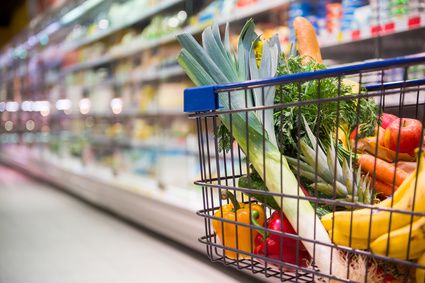
12 important tips for conscious and wholesome food shopping
Last time you learned from Berti what to look for before you go grocery shopping. Today he has summarized for you what is important during shopping. Do you also want to shop consciously, healthy and environmentally friendly? Berti escapes every trap, even the sales traps in the supermarket!
 e.
e.
Source:
Münzing-Ruef, I. (1999): Kursbuch gesunde Ernährung. The kitchen as a pharmacy of nature. Munich: Zabert Sandmann GmbH, p. 380f
Address:
Gasteigweg 25,
5400 Hallein
Austria
Opening hours:
Monday to Thursday: 09 – 16:00
Friday: 09 – 12:00
Contact:
Phone: +43 6245 83282
E-mail: info@agrisan.at
Address:
Gasteigweg 25,
5400 Hallein
Austria
Opening hours:
Monday to Thursday: 09 – 16:00
Friday: 09 – 12:00
Contact:
Phone: +43 6245 83282
E-mail: info@agrisan.at

